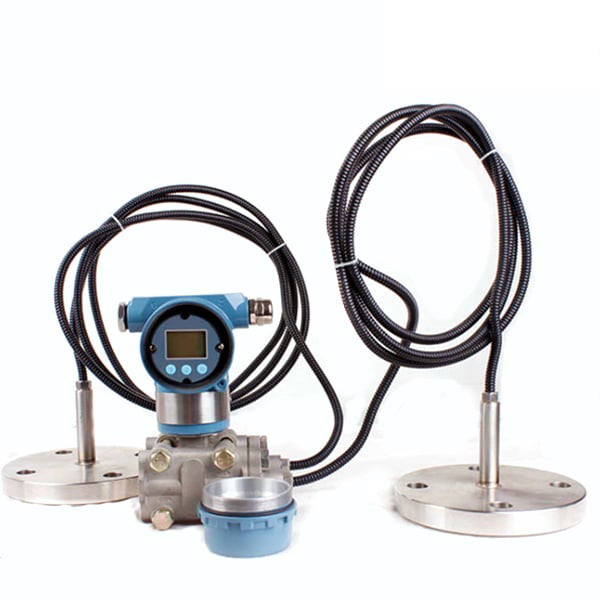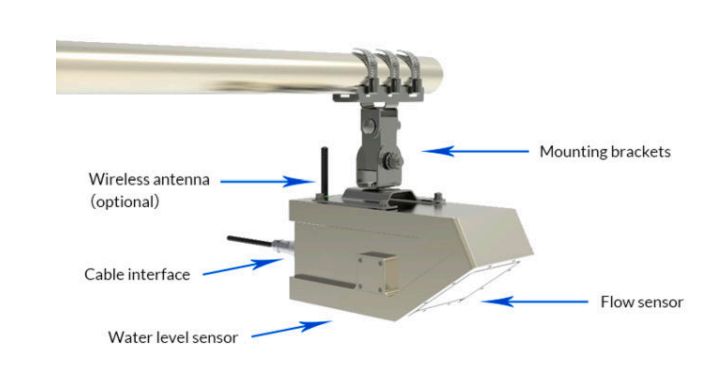What Is A Liquid Level Gauge?
A liquid level gauge is a device used to measure the level of liquid in a container. It is commonly used in industrial and commercial settings to monitor the amount of liquid in tanks and vessels. There are several types of liquid level gauges, including sight gauges, magnetic gauges, and ultrasonic gauges. Sight gauges use a transparent tube or window to visually inspect the level of the liquid, while magnetic gauges use a magnetic float to measure the level. Ultrasonic gauges use sound waves to measure the distance between the surface of the liquid and the top of the container.
What Is A Flange Remote Liquid Level Gauge ?
A flange remote liquid level gauge is a type of liquid level gauge that is designed with a flange connection for remote monitoring and measurement of liquid levels. It is commonly used in industrial and commercial applications, particularly in corrosive environments. The gauge consists of various components, including a conduit, upper and lower flanges, connecting flanges, and side sub-sections, all made of PTFE lining for anti-corrosion purposes. This construction ensures that the gauge has no blind areas in measurement and can accurately measure strong corrosive media such as acid, alkali, and salt. The gauge also features a display panel equipment, including a display panel, magnetic flip-up piece, guide rail, and guide rail slot, which enable the normal display of the liquid level. The flange remote liquid level gauge has a simple structure, good overall sealing performance, and is resistant to water, corrosive gas, and dust. It can be customized in length and provides a high sealing effect.
Flange Remote Liquid Level Gauge Characteristics
When the flanged remote liquid level gauge is used in the environment of many high temperature, high pressure, flammable and explosive medium liquids, there may be many users who worry about the anticorrosion ability of the flanged remote liquid level gauge, especially the measured Whether the medium is a strong corrosive medium can also operate normally without failure. So today, I will talk about how to avoid this phenomenon when the flanged remote liquid level gauge is used and operated under the condition that the medium is very corrosive?

Flange Remote Liquid Level Gauge Structure
The main structure of the anti-corrosion flange type remote transmission level gauge: the main pipe includes the conduit, the upper flange, the lower flange, two connecting flanges, two side sub-sections, the conduit and the two side sub-sections are all made of PTFE The inner lining, the connecting flange and the conduit are directly welded, the PTFE lining layer is directly flanged from the conduit to the connecting flange, and the taper seal is used between the connecting flange and the side short joint. The point of view of the taper seal is 30-60°.
Because of the selection of PTFE material as the fabric and the direct connection between the connecting flange and the conduit, it is easier to install the flanged remote level gauge and sensor on the conduit, and the anti-corrosion flanged remote level gauge is completed. The meter has no blind area in measurement, and has excellent anti-corrosion function, which can measure any variety of strong corrosive media such as acid, alkali and salt; the production cost is greatly reduced year-on-year. The display panel equipment includes a display panel, a magnetic flip-up piece, a guide rail, and a guide rail slot. The guide rail slot and the panel are integrally formed at one time. A concave guide rail is installed on the inner side of the guide rail slot, and a magnetic flip-up piece is installed in the middle of the concave guide rail.
The flange type remote liquid level gauge has a simple structure and good overall sealing performance. The overall structure is seamless and the sealing surface is not large. It is extremely difficult for water, corrosive gas, dust, etc. to enter the interior, which greatly reduces the friction between the guide rail and the rotating color chip. Small, flexible rotation or no jamming, so that the liquid level can be displayed normally, and the liquid level gauge is not easy to fail. The length of a single piece can be processed according to user requirements, and the sealing effect can reach IP55 or IP65 level.
Case study: Troubleshooting and maintenance of diaphragm damage of liquid level transmitter




